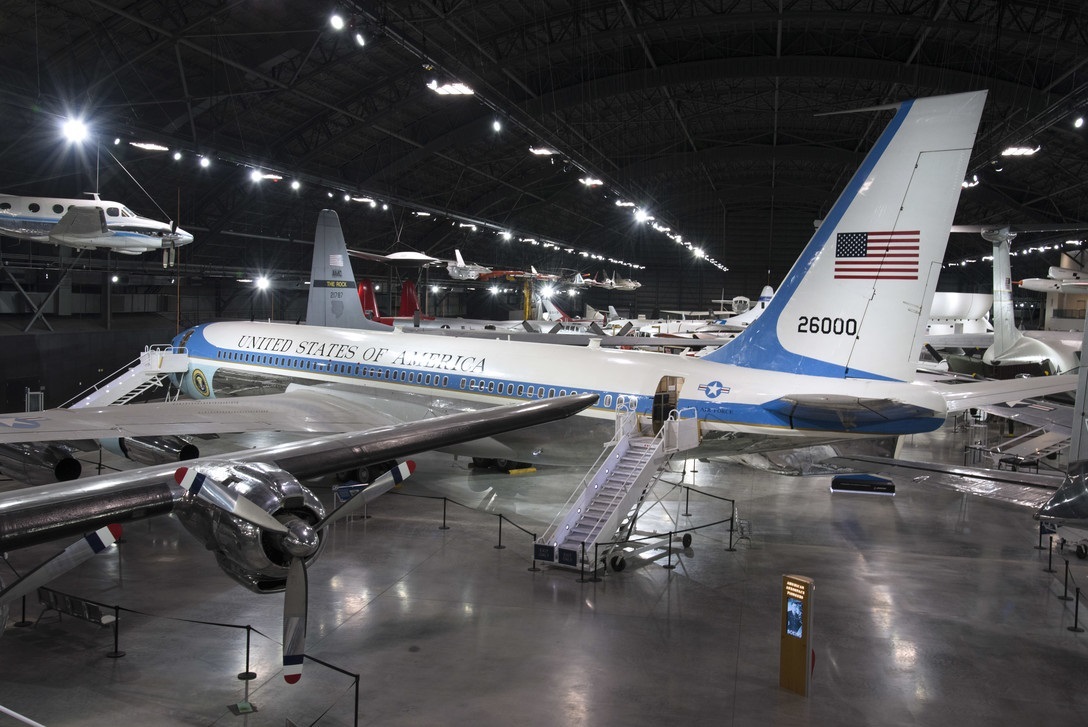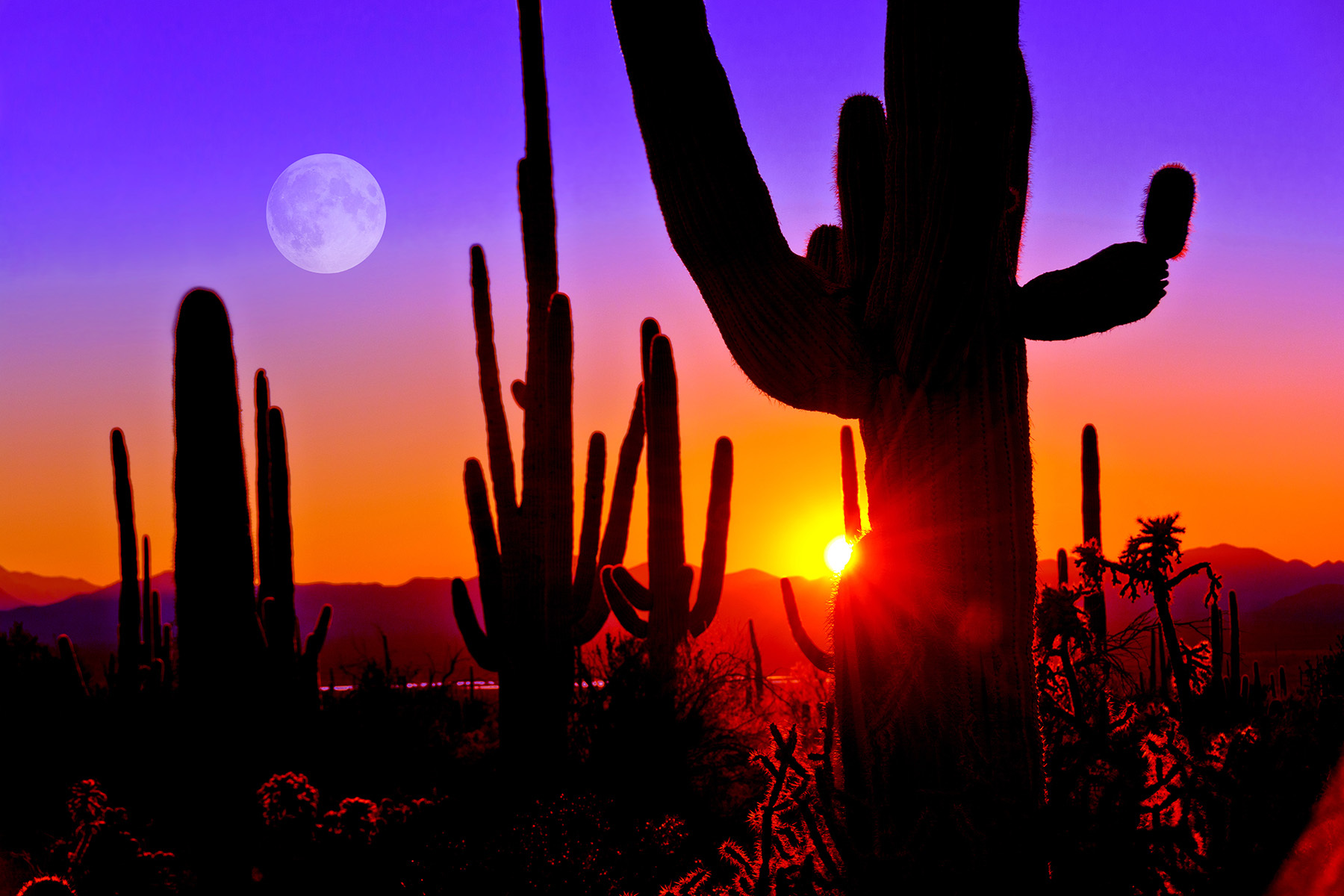8 U.S. Aviation Destinations That Belong on Your Bucket List
Whether you’re a hard-core aviation enthusiast (yes, #avgeeks is a thing) or just intrigued by the miracle of flight, there's a lot in store for in 2019. Step back in time to get inside the heads of the pioneers of aviation, like the Wright Brothers, then let your own dreams of flight take wing in a high-flying biplane ride. You can even spend the night at a new hotel that harkens back to the glamorous golden age of air travel. Here are eight bucket list experiences for today’s #avgeeks.
1. TWA Hotel: Jamaica, New York
 (Max Touhey)
(Max Touhey)
The stylish 512-room TWA Hotel (twahotel.com) at JFK’s Terminal 5, in New York City's most populous and diverse borough, Queens, is on track to preserve the romance and excitement of the Jet Age when it opens this spring. You’ll feel as though you’ve stepped into 1962, or at the very least, like an extra in the 2002 Steven Spielberg movie Catch Me If You Can. Guest rooms boast floor-to-ceiling windows, mid-century modern furnishings, and vintage rotary phones. Order an old-fashioned inside Connie, a 1958 Lockheed Constellation that’s been made over into a swanky cocktail lounge, or settle in at Paris Café, the latest restaurant by celebrated chef Jean-Georges Vongerichten, featuring a menu inspired by TWA in-flight menus from the 1960s.
2. EAA AirVenture: Oshkosh, Wisconsin
 (EAA/Connor Madison)
(EAA/Connor Madison)
Known as the "World's Greatest Aviation Celebration," EAA AirVenture (eaa.org/en/airventure) soars over Oshkosh, Wisconsin, for seven days in July, attracting around 600,000 aviation enthusiasts. The annual fly-in convention features upwards of 3,000 showplanes, making Wittman Regional Airport the world’s busiest airport, if only for a few days. There are so many planes, in fact, that dozens of air traffic controllers are brought in to ensure smooth take-offs and landings. Daily air shows, a veterans' parade, and a 5K race on the runway, as well as dazzling aerobatics displays and parachute team demos, make EAA AirVenture a must for enthusiasts of the Golden Age of Aviation.
3. Wright Brothers National Memorial: Kitty Hawk, North Carolina
 (Outer Banks Visitors Bureau)
(Outer Banks Visitors Bureau)
Closed for renovations since winter 2016, the Wright Brothers National Memorial Visitor Center (nps.gov/wrbr/index.htm) on North Carolina’s Outer Banks reopened this past September to share the story of flight with new hands-on exhibits and artifacts, some on display for the first time—among them, a large piece of cloth from the 1903 Wright Flyer that was donated in 1960 by the Wright Family. Also new: a two-minute video that tells the story and science behind the Wright Brothers’ advances in flight. Meanwhile, a kid-friendly interactive Aspiration Wall invites visitors to share how they’ve overcome personal obstacles and the dreams they hope to make possible one day.
4. Arizona Commemorative Air Force Museum: Mesa, Arizona
 (Visit Mesa)
(Visit Mesa)
A hangar filled with historic military combat planes is just one of the attractions at the Arizona Commemorative Air Force Museum at Falcon Field (azcaf.org) in Mesa, a town with a strong draw for foodies, just outside Phoenix. After you tour the hangar, an education in military history, you can climb into the cockpit of a warbird, like a N2S-3 Stearman biplane, and take to the skies with a professional pilot. Can’t make it to Mesa? During the summer, look for the Flying Legends of Victory Tour between June and October, when three of the seven combat planes travel to 50 cities across the country to educate on the history of air combat and the role of these warbirds.
5. The Boneyard at Pima Air and Space Museum: Tucson, Arizona
 (Visit Tucson)
(Visit Tucson)
The Pima Air & Space Museum’s Boneyard (pimaair.org) is home to more than 4,000 military aircraft. However, because the Boneyard is actually located on the Davis-Monthan Air Force Base, advance reservations and a security clearance are required at least 10 days in advance for a narrated bus tour around the property. On the museum’s central grounds, explore the Arizona Aviation Hall of Fame, see planes in several hangars, and criss-cross the grounds to check out another 150 planes parked on the museum’s 80 acres. Sign up for a tram tour or one of two docent-guided walking tours.
6. Kansas Aviation Museum: Wichita, Kansas
As the Air Capital of the World, Wichita, Kansas, should be a top priority on anyone’s list—whether you're an aviation geek or just someone interested in American history. It's the city where iconic aviation brands like Cessna and Stearman were born, and where Bombardier and Airbus Americas still design aircraft. Start at the Kansas Aviation Museum (kansasaviationmuseum.org), housed in the original Wichita Airport and showcasing Wichita’s aviation history, including the debut of B-47 and B-52 bombers. Next, brush up on the city’s aviation leaders at the Wichita-Sedgwick County Historical Museum before stopping for a pint at Aero Plains Brewing, where the bar is made from the wing of a Beechcraft Model 18.
7. Wings & Waves Waterpark: McMinnville, Oregon
 (Visit McMinnville)
(Visit McMinnville)
Cool off and make a big splash at Wings & Waves Waterpark in McMinnville, Oregon (wingsandwaveswaterpark.com). At possibly the only educational waterpark in the U.S., you’ll find 10 waterslides, including four that exit from the fuselage of a real Boeing 747, as well as a hands-on science center on the role of water in everyday life. The waterpark is just one part of a larger museum campus, which also includes the Evergreen Aviation & Space Museum where you’ll find World War II artifacts, booster rockets, and high-speed reconnaissance aircraft. Air Force Two, the aircraft used by first ladies and vice presidents, touches down at the museum for guided tours this spring.
8. Aviation Trail: Dayton, Ohio
 (TourismOhio)
(TourismOhio)
Take a walk or ride your bike along the Aviation Trail (aviationtrailinc.org) in Dayton, Ohio, the birthplace of aviation. Along the trail, you’ll find 17 flight-related museums and historical sites, including the National Museum of the U.S. Air Force, home to a space shuttle and four of nine presidential aircrafts, including the Air Force One that returned President John F. Kennedy’s body from Dallas. The trail begins at the Wright-Dunbar Interpretive Center, where visitors learn about the early years of the Wright Brothers, and meanders its way across Dayton, making stops at the Aviation Trail Parachute Museum, the Wright Brothers Memorial, and the Tri-State Warbird Museum, which focuses on the history of aircraft used during war throughout history.


















